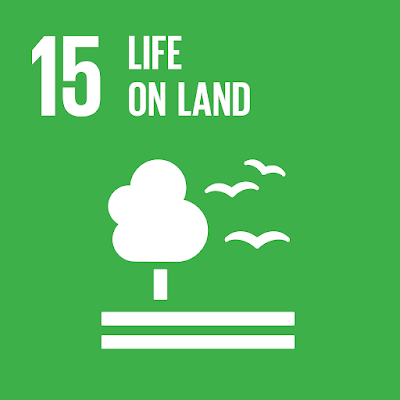Sustainable Development Goal 15: Protect, restore and promote sustainable use of terrestrial ecosystems, sustainably manage forests, combat desertification, and halt and reverse land degradation and halt biodiversity loss

Goal 15 aims to protect, restore and promote sustainable use of terrestrial ecosystems, sustainably manage forests, combat desertification, and halt and reverse land degradation and halt biodiversity loss. Human life depends on the earth as much as the ocean for our sustenance and livelihoods. Plant life provides 80 percent of our human diet, and we rely on agriculture as an important economic resource and means of development. Forests account for 30 percent of the Earth’s surface, providing vital habitats for millions of species and important sources for clean air and water; as well as being crucial for combating climate change. Today, we are seeing unprecedented land degradation, and the loss of arable land at 30 to 35 times the historical rate. Drought and desertification is also on the rise each year, amounting to the loss of 12 million hectares and affects poor communities globally. Of the 8,300 animal breeds known, 8 percent are extinct and 22 percent are at risk
